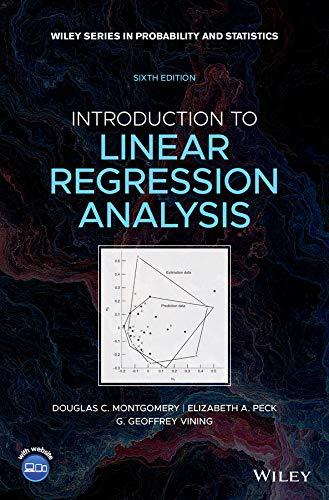Answered step by step
Verified Expert Solution
Question
1 Approved Answer
X X2 X- XA X X6 X7 Xg X9 X10 x: [1] 1 1 1 1 0 0 0 0 0 1 x, [2] 1.0


Step by Step Solution
There are 3 Steps involved in it
Step: 1

Get Instant Access to Expert-Tailored Solutions
See step-by-step solutions with expert insights and AI powered tools for academic success
Step: 2

Step: 3

Ace Your Homework with AI
Get the answers you need in no time with our AI-driven, step-by-step assistance
Get Started


